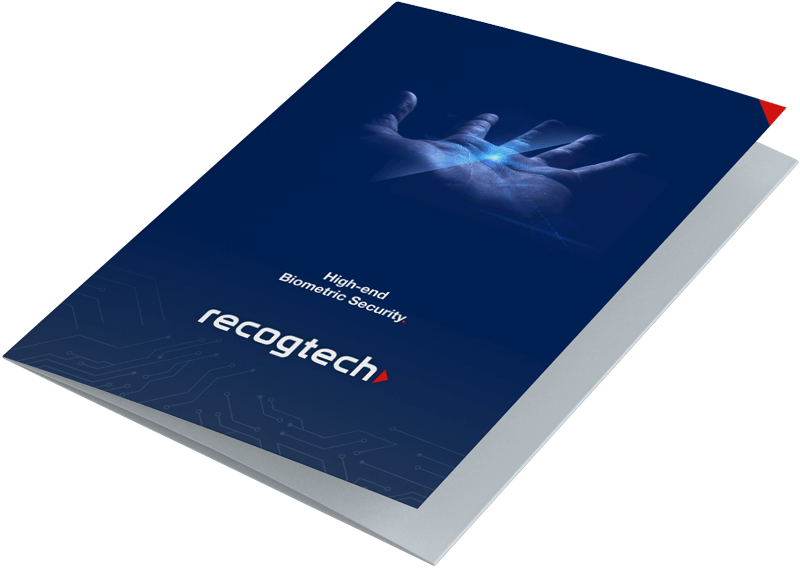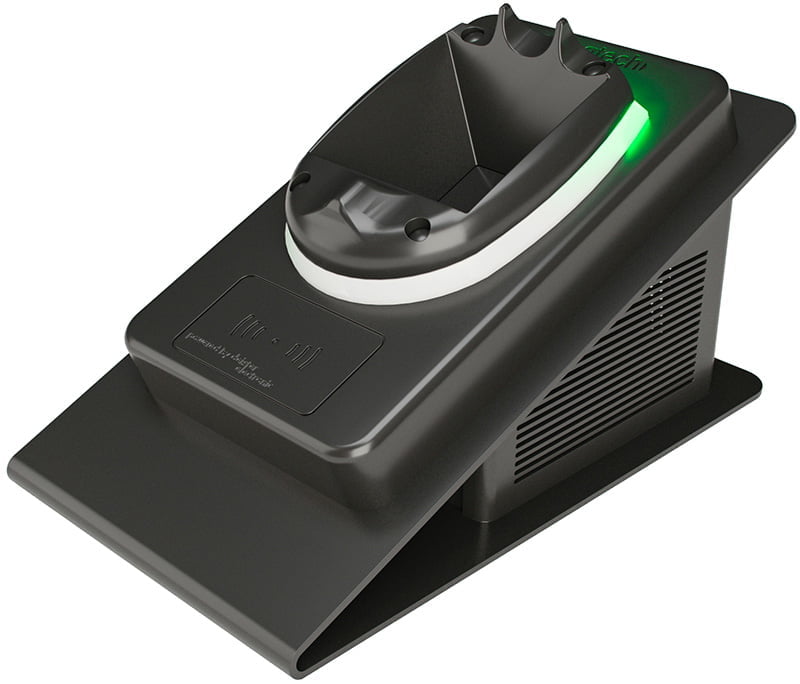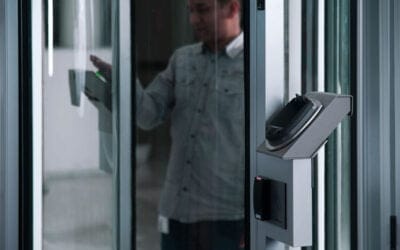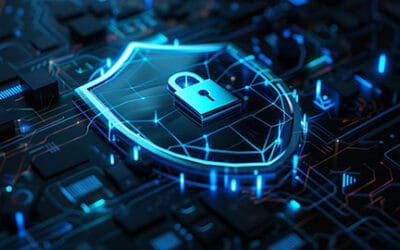Palm-ID Pro.
within justice, government, laboratories, logistics and critical infrastructure.

Clear LED feedback
High level of security
Compatible
Easy to install





Palm-ID Pro parts
The controller contains the database in which the authorised persons and their unique biometric identifiers are stored. The controller compares the vein pattern of each scanned palm with the encrypted data in the database in real time.
Palm-ID Pro accessories
Various accessories are available for the Palm-ID Pro. Among other things, there is a Palm-ID Pro registration kit. This tabletop model is easy to transport so you can register people at multiple locations. You capture the vein pattern in the user’s palm once. The pattern is not saved as an image: it is immediately encoded and stored digitally as a registered template.
Installation and implementation
Installation and implementation of Palm-ID Pro is carried out by recognised system integrators and installers with appropriate knowledge of access control systems and security. If you would like more information or to become an installer, please contact us.

Recent articles
What is vein pattern recognition and how does it work?
In the world of biometric security, vein pattern recognition is an innovative technique that is gaining more and more traction. But what exactly is it, and how does it work? What is vein pattern recognition? Vein pattern recognition is a biometric technique that uses...
From Responsibility to Progress
In recent years, it has become clear that legislation such as the GDPR and, more recently, the NIS2 Directive has led to stagnation, confusion, and hesitation within organizations. In both cases, the root cause lies not in the intent of the legislation, but in the way...
Superuser functionality biometric technology
Due to the explosive growth of cybercrime, the need for higher levels of security will increase enormously in the coming years, especially biometric security solutions based on vein pattern recognition.* Ironically, their implementation may actually create new...



